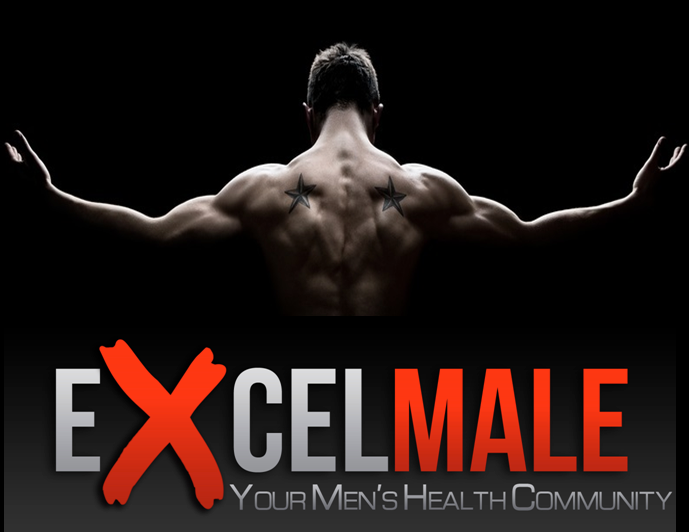madman
Super Moderator
Identifying Predictors of Bone Density Loss in Men With Low Testosterone
Ljubetic, BM1; Liso, N2; Mulhall, JP2; Flores, JM2
1 - MSKCC
2 - Memorial Sloan Kettering Cancer Center
Introduction
Bone density loss (BDL), is associated with low testosterone (T).
Objective
We aimed to identify predictors of BDL in this cohort of patients.
Methods
The sample included (i) men ≥50 years old (ii) with low total T levels (<300 ng/dL using LCMS on 2 early morning blood draws) (iii) who had dual-energy X-ray absorptiometry (DEXA) within 6 months of T measurement. Men with prior T therapy were excluded. On DEXA, osteopenia was defined as a T score -1.1 to -2.5, osteoporosis T score lower than -2.5. Additionally, demographics and comorbidity data, diabetes, sleep apnea, coronary artery disease (CAD), hypertension, dyslipidemia and smoking status were collected. We report rates and attempt to define predictors of any BDL using multivariable analysis (MVA), including age, comorbidities ≥ 3 (yes), and total T levels ≤ 100 ng/dL (yes).
Results
512 men were analyzed, mean age of 65 ± 5 years. Median total T was 223 (175, 262) ng/dL, free T 4.5 (2.8, 7.9) ng/dL, and estradiol 17 (13, 23) pg/mL. 6% had a total T ≤ 100 ng/dL. Median number of comorbidities was 2 (1, 3). 57% hypertension, 57% dyslipidemia, 40% reported OSA, 24% had diabetes, and 8% reported CAD. 34% of the men had ≥ 3 comorbidities. 44% were former or current smokers. BDL was present in 36% of the patients. 91% had osteopenia, and 9% had osteoporosis. On MVA, significant predictors of BDL were older age, presence of ≥ 3 comorbidities and the presence of total T ≤100 ng/dL (Table 1).
Conclusions
In our cohort of men with low T, one third had BDL, and we have identified key predictors of this occurrence, older age, higher number of comorbidities and profoundly low T.
Disclosure
No


Ljubetic, BM1; Liso, N2; Mulhall, JP2; Flores, JM2
1 - MSKCC
2 - Memorial Sloan Kettering Cancer Center
Introduction
Bone density loss (BDL), is associated with low testosterone (T).
Objective
We aimed to identify predictors of BDL in this cohort of patients.
Methods
The sample included (i) men ≥50 years old (ii) with low total T levels (<300 ng/dL using LCMS on 2 early morning blood draws) (iii) who had dual-energy X-ray absorptiometry (DEXA) within 6 months of T measurement. Men with prior T therapy were excluded. On DEXA, osteopenia was defined as a T score -1.1 to -2.5, osteoporosis T score lower than -2.5. Additionally, demographics and comorbidity data, diabetes, sleep apnea, coronary artery disease (CAD), hypertension, dyslipidemia and smoking status were collected. We report rates and attempt to define predictors of any BDL using multivariable analysis (MVA), including age, comorbidities ≥ 3 (yes), and total T levels ≤ 100 ng/dL (yes).
Results
512 men were analyzed, mean age of 65 ± 5 years. Median total T was 223 (175, 262) ng/dL, free T 4.5 (2.8, 7.9) ng/dL, and estradiol 17 (13, 23) pg/mL. 6% had a total T ≤ 100 ng/dL. Median number of comorbidities was 2 (1, 3). 57% hypertension, 57% dyslipidemia, 40% reported OSA, 24% had diabetes, and 8% reported CAD. 34% of the men had ≥ 3 comorbidities. 44% were former or current smokers. BDL was present in 36% of the patients. 91% had osteopenia, and 9% had osteoporosis. On MVA, significant predictors of BDL were older age, presence of ≥ 3 comorbidities and the presence of total T ≤100 ng/dL (Table 1).
Conclusions
In our cohort of men with low T, one third had BDL, and we have identified key predictors of this occurrence, older age, higher number of comorbidities and profoundly low T.
Disclosure
No













